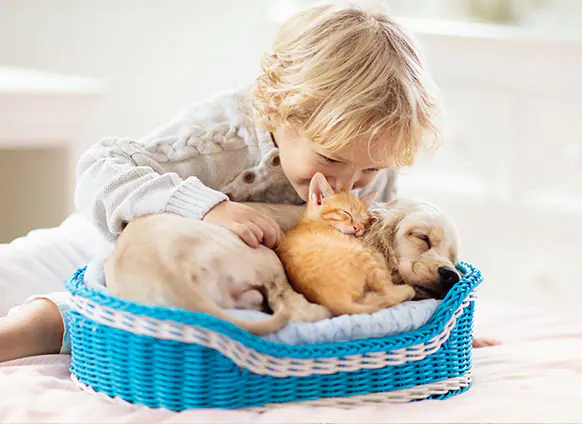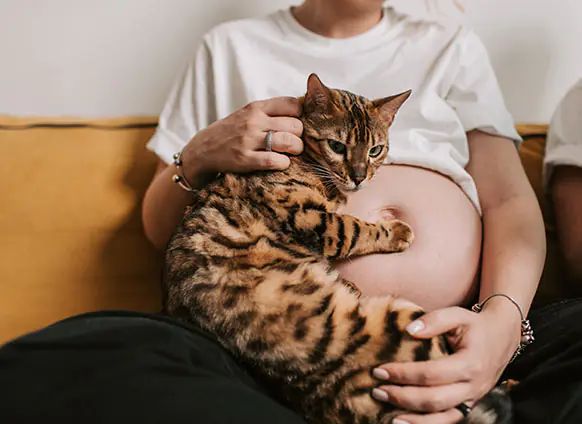Pet and Children

Over the years, it has been noticed that many people have pets with a child or either choose pets over children. According to the American Academy of Child and Adolescent Psychiatry (2019), “A child who learns to care for an animal, and treat it kindly and patiently, may get invaluable training in learning to treat people the same way.”







Other physical and emotional needs fulfilled by pet ownership include:













It is essential to reinforce that keeping a hygienic environment is crucial to avoid child risk exposure. According to the Health Service Executive (2012), “Most safety and health risks posed by pets can be significantly reduced by:


Play safely with pets
Avoid dangerous situations
Respond to danger signs
Wash their hands carefully after all contact with pets and other animals





It is essential to reinforce that keeping a hygienic environment is crucial to avoid child risk exposure. According to the Health Service Executive (2012), “Most safety and health risks posed by pets can be significantly reduced by:
REFERENCES
The joy of pets: how animal companionship can impact our health and wellbeing
https://www.comparethemarket.com/life-insurance/content/the-joy-of-pets/
American Academy of Child & Adolescent Psychiatry (AACAP). Pets And Children. No 75. January, 2019. Available on:
https://www.aacap.org/AACAP/Families_and_Youth/Facts_for_Families/FFF-Guide/Pets-And-Children-075.aspx
American Academy of Pediatrics (AAP). Respiratory Tract Illnesses During the First Year of Life: Effect of Dog and Cat Contacts. August, 2012. Available on:
https://publications.aap.org/pediatrics/article-abstract/130/2/211/29895/Respiratory-Tract-Illnesses-During-the-First-Year?redirectedFrom=PDF
Health Service Executive. Child Safety and Health around Pets – Responsible Pet Ownership. Mar, 2022. Available on:
https://www.hpsc.ie/a-z/lifestages/childcare/File,13785,en.pdf
Jama Network. Early Exposure to Dogs and Farm Animals and the Risk of Childhood Asthma. Nov, 2015. Available on:
https://jamanetwork.com/journals/jamapediatrics/fullarticle/2467334
Orlando Health. Get a Pet To Boost Your Child’s Immune System. June 17, 2021. Available on:
https://www.orlandohealth.com/content-hub/get-a-pet-to-boost-your-childs-immune-system


